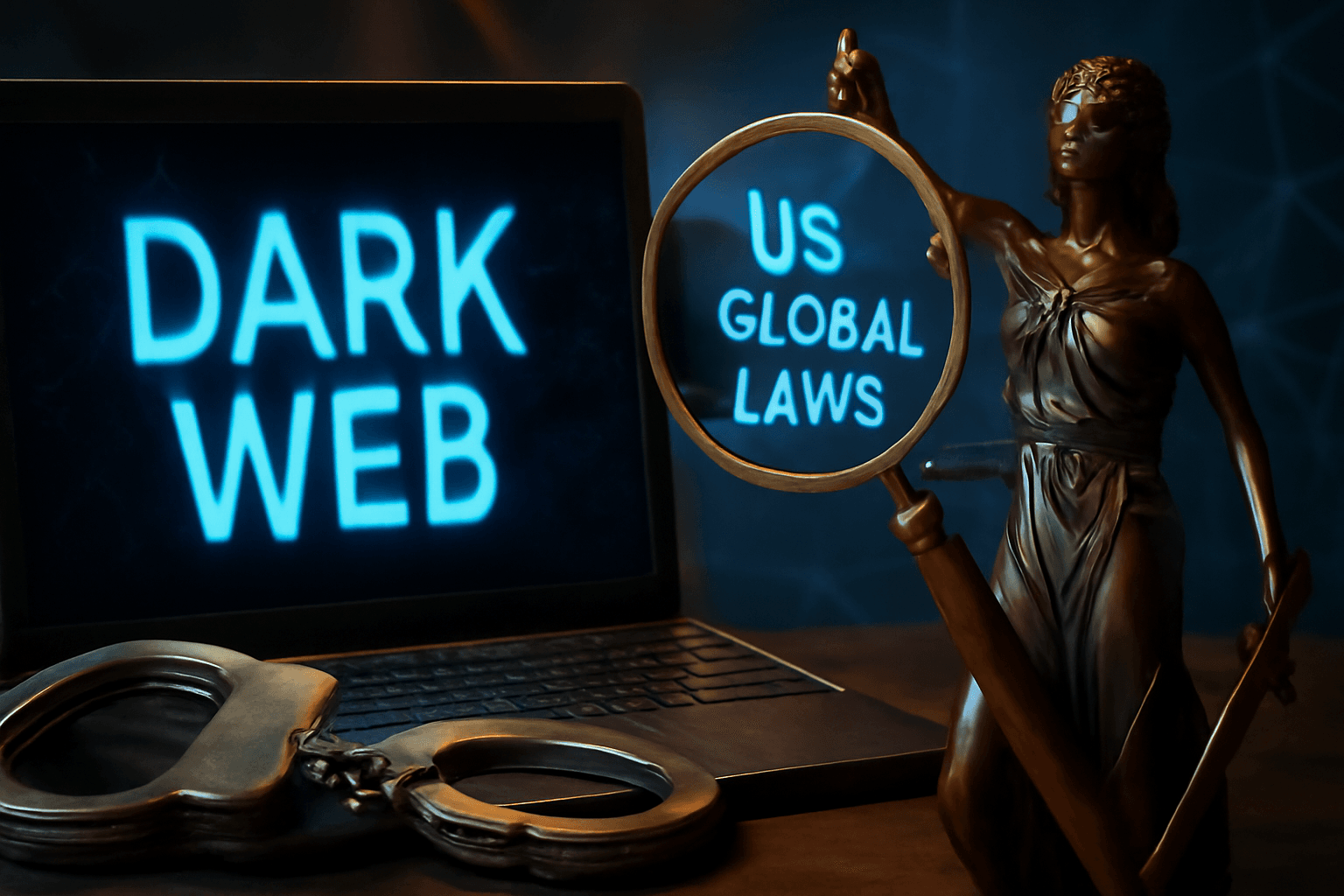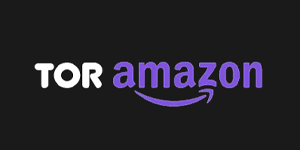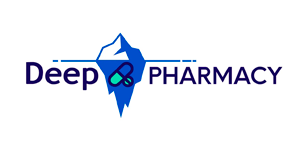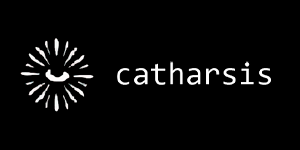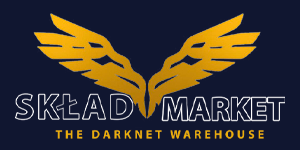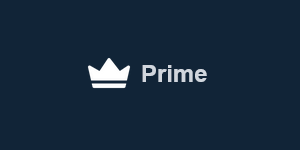Last Updated on May 14, 2025 by DarkNet
Whispered about in cybersecurity forums and sensational headlines, the dark web conjures images of digital back alleys teeming with contraband. Yet most of what lies beyond a Google search is actually the deep web—ordinary databases, paywalled newsrooms and corporate intranets that simply aren’t indexed. The dark web is a smaller subset reachable only through anonymity networks like Tor, where sites operate at deliberately hidden “.onion” addresses.
Enter the law, and the story grows complicated. In the United States, accessing a hidden service is not inherently illegal, but buying ransomware kits or stolen data there certainly is. Abroad, statutes swing from laissez‑faire to draconian, reflecting divergent views on privacy, censorship and crime. Understanding which acts cross the legal line—versus merely exploring a different layer of the internet—is essential before you fire up an onion router.
What Is the Dark Web
Surface vs. Deep vs. Dark Layers
The surface web is the familiar, search‑indexed internet: public news sites, blogs and online stores that search engines crawl around the clock.
Beneath it sits the deep web—content shielded by paywalls, login credentials or corporate firewalls. Hospital records, subscription databases and internal email archives live here, invisible to Google yet perfectly legal.
The dark web is a smaller, purpose‑built pocket accessible only through anonymity networks such as Tor and I2P. Tor routes traffic through layered, encrypted hops—entry, relay and exit nodes—so each node knows only its immediate neighbors. I2P employs “garlic routing,” bundling multiple messages into encrypted tunnels for added obscurity. The result is a hidden service space with .onion (Tor) or .i2p addresses that regular browsers cannot reach.
Legitimate Uses Beyond Crime
While black‑market storefronts grab headlines, many mainstream actors rely on the dark web’s privacy safeguards:
-
Investigative journalists hosting secure tip boxes and protecting sources
-
Human‑rights activists bypassing censorship in repressive regimes
-
Academic and security researchers exchanging sensitive datasets or vulnerability disclosures
Major outlets such as The New York Times and ProPublica maintain official .onion mirrors, underscoring that hidden services are tools, not crimes, in themselves.
U.S. Legal Framework
Constitutional Touchpoints
The First Amendment protects online speech—including anonymous publishing—so merely accessing or hosting a hidden service is not a crime. Still, that shield dissolves when the content itself is illicit (e.g., child‑exploitation imagery or drug sales).
The Fourth Amendment guards against unreasonable searches, but courts routinely approve network‑intrusion warrants when probable cause links hidden services to criminal activity. Once law enforcement pierces Tor’s layers, expectations of privacy shrink fast.
Key Federal Statutes
-
Computer Fraud and Abuse Act (CFAA), 18 U.S.C. § 1030 – criminalizes unauthorized access to protected computers, a catch‑all prosecutors use against marketplace admins and ransomware operators.
-
Money‑Laundering Statute, 18 U.S.C. § 1956 – targets mixing services and exchange operators who obscure proceeds from crimes such as drug trafficking or hacking.
-
Controlled Substances Act, 21 U.S.C. § 841 – covers manufacture, distribution or possession with intent to distribute drugs, forming the backbone of darknet narcotics cases.
Landmark Prosecutions and Gray Areas
United States v. Ulbricht (2015) cemented the government’s ability to treat darknet marketplace operators as kingpins; Ross Ulbricht received two life sentences for running Silk Road. Operation Disruptor (2020) extended that reach, coordinating worldwide arrests and asset seizures against hundreds of vendors across multiple markets.
Yet legal gray zones persist. Pure hosting providers that rent virtual private servers for .onion sites may avoid liability if they lack knowledge of customers’ activities. Cryptocurrency “mixers” argue they offer privacy tech, but recent indictments label them money‑laundering conspirators—leaving courts to decide whether code equals intent.
Global Landscape
European Union
The Digital Services Act, fully enforceable since Feb. 17, 2024, obliges marketplaces—hidden or public—to remove illegal listings “without undue delay” or risk fines of up to 6 percent of global turnover. A companion anti‑money‑laundering package adopted in 2024 tightens licensing rules for crypto mixers and obliges them to flag transactions linked to darknet commerce.
United Kingdom
Britain’s Online Safety Act 2023, layered atop the Investigatory Powers Act, empowers Ofcom to demand swift takedowns and can levy penalties reaching £18 million or 10 percent of worldwide revenue. Ofcom’s first dark‑web‑related probe in April 2025 signaled that even onion‑only forums fall within the law’s remit.
Canada and Australia
Canada’s proposed Online Harms Act (Bill C‑63, introduced Feb. 26, 2024) would create a Digital Safety Commission able to block services or fine operators the greater of 6 percent of global revenue or CA$25 million; existing Criminal Code money‑laundering and hacking provisions already reach hidden services. Australia’s Assistance and Access Act 2018 lets police compel decryption assistance and issue domain‑blocking orders, with failure carrying prison terms of up to 10 years.
High‑Control Jurisdictions (e.g., China, Singapore, India)
China’s Cybersecurity Law and follow‑on data regulations ban unlicensed “illegal networks,” routinely blocking Tor nodes and threatening fines of up to ¥1 million plus license revocation for facilitators. Singapore’s Computer Misuse and Cybersecurity Act 2017 amendment makes dealing in stolen credentials or malware—even abroad—a crime punishable by 10 years in prison. India’s draft Digital India Act 2023 seeks sweeping takedown powers and stiff monetary penalties, adding to 2021 rules that require traceability on encrypted platforms.
Cross‑Border Enforcement (Interpol, Europol, MLATs)
Large joint operations illustrate the reach of multilateral policing tools. Operation Disruptor (2020) and Operation Dark HunTor (2021) combined Europol, Interpol and U.S. JCODE resources to arrest more than 300 vendors and seize over $60 million in cash and crypto, using live intelligence from earlier market takedowns. Mutual Legal Assistance Treaties and Europol task forces enable rapid server seizures, extraditions and evidence sharing—turning national statutes into a coordinated global net.
Comparative Analysis
Regulators worldwide balance privacy rights against public‑safety concerns in sharply different ways.
|
Jurisdiction |
Simple Access Legal? |
Marketplace Hosting |
Law‑Enforcement Trend |
|---|---|---|---|
|
United States |
Yes; Tor use itself is lawful |
Illegal if operator aids or profits from crime; neutral hosts occupy a gray zone |
Undercover stings, multi‑agency takedowns, long prison sentences |
|
European Union |
Yes, absent illicit activity |
Liable under the Digital Services Act to remove illegal listings or face steep fines |
Coordinated cross‑border seizures, anti‑money‑laundering expansion |
|
China |
No; Tor nodes blocked, unlicensed networks outlawed |
Strictly prohibited, with harsh criminal penalties |
Comprehensive censorship, real‑time surveillance and rapid site blocking |
The contrasts are stark: the U.S. and EU permit anonymity tools but impose heavy sanctions once commerce turns criminal, preserving speech freedoms while punishing illicit trade. China, prioritizing social stability, criminalizes the very use of hidden networks, effectively suppressing both crime and dissent at the cost of individual privacy. The result is an uneven global patchwork where identical online actions can toggle between constitutionally protected expression and felony offense depending on where a user logs in.
Case Studies and Lessons
Silk Road
Launched in 2011, Silk Road pioneered darknet commerce with escrow, reputation scores and Bitcoin-only transactions. The FBI shut it down in 2013 and arrested founder Ross Ulbricht, later convicted on multiple counts including conspiracy to traffic narcotics and money laundering. The prosecution successfully argued that operating the platform made Ulbricht culpable for users’ crimes. The case set a precedent: running infrastructure that facilitates illegal trade can trigger liability akin to direct participation.
AlphaBay
AlphaBay quickly became the largest darknet market after Silk Road’s fall, offering drugs, hacking tools and fraud kits. In 2017, international agencies coordinated to dismantle the site and arrest its operator, Alexandre Cazes, who died in custody in Thailand. Investigators traced him through reused personal email addresses and unlaundered crypto transactions. The case demonstrated how poor operational security—not network anonymity—often determines takedown success.
Proton Mail and Jurisdictional Clash
In 2021, Swiss‑based Proton Mail complied with a legal request routed through Europol, handing over a climate activist’s IP address despite advertising a “no IP logging” policy. The request was legal under Swiss law, but the incident ignited global debate on data privacy and cross‑border enforcement. Proton later clarified its obligations under criminal investigations, especially when foreign agencies use Mutual Legal Assistance Treaties (MLATs). The incident showed how user trust in privacy tools can hinge on the legal regime where a service is headquartered.
Taken together, these cases illustrate that technical anonymity is only part of the picture—legal jurisdiction, operational decisions and enforcement cooperation shape real‑world risk.
Safety, Ethics, and Risk‑Mitigation Tips
Legal and Ethical Pitfalls
Possessing or even caching child sexual‑abuse material (CSAM) is a strict‑liability offense in the United States and many other jurisdictions; one stray archive can trigger felony charges.
Export‑controlled files—design schematics, advanced encryption code or dual‑use AI models—often circulate on darknet forums; downloading or forwarding them can breach the International Traffic in Arms Regulations (ITAR) or the Export Administration Regulations (EAR).
Civil exposure is real, too: victims of data breaches, copyright holders or defamed parties can seek damages even when prosecutors decline a criminal case. Because dark‑web interactions cross borders, multiple legal systems may claim jurisdiction simultaneously.
Best‑Practice Checklist
-
Use a disposable, air‑gapped virtual machine (or a Tails USB) that you can wipe after each session.
-
Disable all scripts and file previews to avoid drive‑by malware or unintended CSAM downloads.
-
Verify PGP signatures on any files or messages before opening them.
-
Route Tor traffic through a reputable VPN to add a civil‑law jurisdiction buffer.
-
Keep an audit trail (hashes, timestamps) for legitimate research, but encrypt storage at rest.
-
Consult qualified counsel before hosting content, running a mixer or engaging in any regulated activity.
Accessing the dark web itself is lawful in the United States, the European Union and many other democracies, yet the moment a user buys contraband, launders crypto or hosts illicit content, the legal ground shifts from neutral to criminal. Legality hinges not on the network layer but on the underlying conduct and the statutes—often broad and overlapping—that prosecutors choose to apply.
Governments are tightening that net through treaties, joint task forces and sweeping digital‑services laws, turning once‑fractured enforcement into an increasingly synchronized front. As Interpol and Europol share intelligence in real time and regulators sharpen penalties for noncompliant platforms, hidden services face scrutiny far beyond their server racks.





